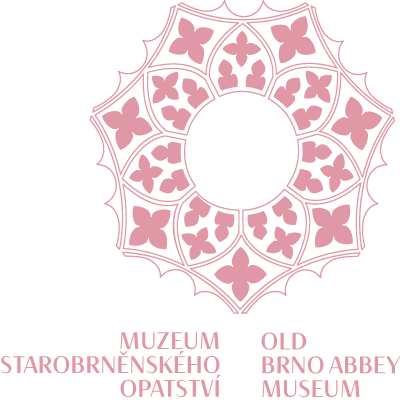Musical items related to Leoš Janáček and Pavel Křížkovský
- Leoš Janáček’s harmonium, which he played on the occasion of the funeral of G. J. Mendel
- Pavel Křížkovský’s piano, which he bequeathed to Leoš Janáček
- Portrait of Pavel Křížkovský
- Leoš Janáček’s glass harmonica
In the collections of the Museum of the Old Brno Abbey there are also instruments connected with the work of the famous composer Leoš Janáček (1854–1928) and Pavel Křížovský (1820–1885). The Janáček family moved to Brno in 1865. The boy was sent to the foundation for the development of music at the monastery in Old Brno by his father. At that time, there were a number of outstanding teachers and leading figures of the scientific and cultural life of Brno. Among others, there was Pavel Křížkovský, the discoverer of the principles of heredity Gregor J. Mendel. It was Křížkovský who was later replaced by Janáček as director of the choir of the Basilica of the Assumption of the Virgin Mary. Janáček devoted almost his entire life to Old Brno. To this day, a memorial plaque commemorates his work. Janáček’s teacher and friend Pavel Karel Křížovský was a Czech composer, choirmaster, violist, pianist, clarinettist, organist, music teacher and Catholic priest. In 1845 he entered the Augustinian monastery in Old Brno. He became director of the monastery choir, where the young Leoš Janáček developed his talent under him. He harmonised the writings of folk song collector František Sušil and composed in the spirit of Moravian folk songs. His work Utonulá was performed with great success at a concert in Prague in 1861, and his other successes in life include the Velehrad Cantata for 940 singers in honour of the millennium of the arrival of the Slavic heroes Cyril and Methodius in 1863. Pavel Křížkovský’s activities not only went unappreciated but were evaluated as hostile to Brno’s German church circles. The Bishop of Brno, A. A. Schaffgotsche forbade Křížkovský all compositional activities except for church compositions. Křížkovský was then removed from Brno to Olomouc in 1872 to take up the post of Kapellmeister of the Olomouc Cathedral. After a stroke, he returned to the monastery in Stary Brno, where he died of illness on 8 May.

